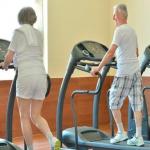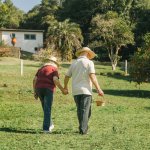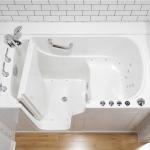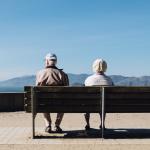The Alarming Statistics: Understanding the Need for Fall Prevention in Aging Adults
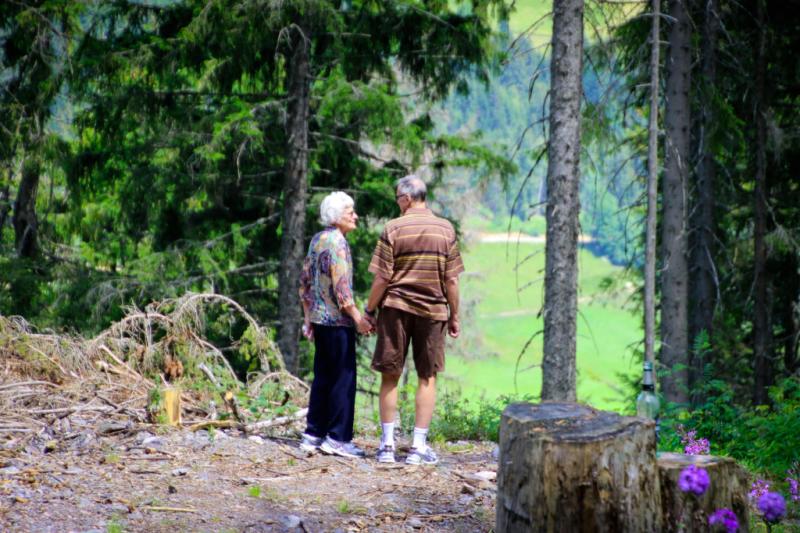
Attention all aging adults and those who care for them! Are you aware of the staggering statistics surrounding fall-related injuries in our senior population? Brace yourselves, because we are about to reveal some eye-opening figures that highlight the urgent need for fall prevention.
Fall Prevention in Aging Adults
As we age, our bodies go through numerous changes that can make us more prone to falls. According to the Centers for Disease Control and Prevention (CDC), falls are the leading cause of fatal and non-fatal injuries among older adults. Every 19 minutes, an older adult dies from a fall, with over 3 million emergency department visits each year due to fall-related injuries.
With these alarming statistics in mind, it is important for aging adults and their loved ones to understand the importance of fall prevention. By proactively taking steps to fall prevention at home, we can significantly reduce the risk of injury and maintain a good quality of life as we age.
Causes and Risk Factors of Falls in Seniors
It's crucial for seniors and their loved ones to comprehend the causes and risk factors of falls, enabling them to implement preventive measures.
- Musculoskeletal Changes: Aging brings about musculoskeletal changes, weakening bones and reducing muscle strength. This natural progression, known as osteoporosis and sarcopenia, makes it challenging to maintain balance and stability while walking or standing.
- Poor Vision: Age-related vision changes, such as cataracts or macular degeneration, can hinder seniors' ability to perceive obstacles or hazards in their surroundings.
- Medications: Numerous medications prescribed for conditions like high blood pressure, heart disease, depression, or anxiety can induce side effects like dizziness or lightheadedness, elevating the risk of falls.
- Chronic Health Conditions: Conditions like Parkinson's disease or arthritis, affecting balance and coordination, increase the likelihood of falls.
- Environmental Factors: Home hazards like loose rugs, cluttered walkways, poor lighting, or uneven flooring pose tripping hazards for seniors.
- Foot Problems: Foot pain or deformities can also contribute to an increased risk of falls.
Tips for Fall Prevention
Falls are a leading cause of injuries among aging adults, affecting 28-35% of those aged 65 and above annually. These incidents can result in severe consequences, impacting seniors' quality of life. However, preventive measures and lifestyle adjustments can significantly reduce fall risks. Here are some tips for fall prevention in aging adults:
- Exercise Regularly: Regular exercise is crucial for maintaining muscle strength, balance, and flexibility, essential factors in preventing falls. Activities like squats, lunges, yoga, or tai chi enhance muscle strength and coordination.
- Regular Eye Exams: Vision problems increase the risk of falls. Routine eye exams can identify issues like cataracts or glaucoma that affect depth perception and balance.
- Home Modifications: Since one-third of falls occur at home, it's vital to make necessary modifications. Install grab bars in bathrooms and stairways, ensure adequate lighting, and remove tripping hazards like loose rugs.
Home Safety Measures
As we age, the risk of injuries, especially from falls, increases significantly. Falls are the leading cause of injury-related deaths among those aged 65 and older. To prevent these accidents, it's crucial to implement home safety measures:
- Clear Walkways: Remove unnecessary objects like extension cords and loose rugs to minimize tripping hazards. Ensure furniture placement allows easy navigation with ample space.
- Improve Lighting: Well-lit spaces are essential for visibility, especially in hallways, staircases, and entryways. Consider motion-sensor lights for added convenience.
- Install Support Features: Bathrooms are prone to falls; install grab bars near toilets, tubs, and showers for support. Handrails on staircases also enhance stability between levels.
- Non-Slip Mats: Use non-slip mats to prevent falls on slippery surfaces at home.
Why Fall Prevention is Crucial for Senior Health
The prevalence of falls among adults aged 65 and older is concerning, with over one-third experiencing falls annually. Prioritizing fall prevention is crucial for both seniors and caregivers. Falls lead to physical injuries and impact mental well-being, causing reduced activity, isolation, and depression. The financial costs in the United States exceed $50 billion annually, affecting seniors with limited income or insufficient insurance coverage.
Importantly, fall prevention is a matter of saving lives, as falls are the leading cause of injury-related deaths among older adults. Implementing measures like exercise programs and home safety modifications can make a significant difference. It's essential to emphasize that fall prevention should extend beyond those who have already fallen. Proactive measures to prevent falls before they occur can greatly reduce the risk of future incidents.
More to Read:
Previous Posts:
Next Posts:

